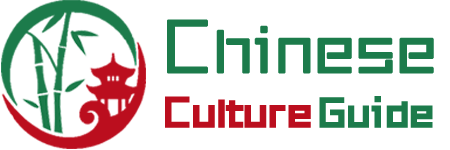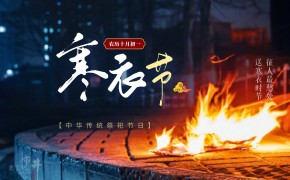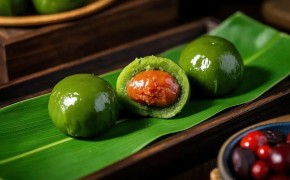The Winter Clothing Festival (寒衣节, Hán Yī Jié), also known as the ”Ancestor Worship Festival” or ”October Memorial Day,” is a traditional Chinese holiday observed on the first day of the tenth lunar month.
Alongside the Qingming Festival and the Zhongyuan Festival, it is one of China’s three major ”Ghost Festivals” dedicated to honoring ancestors.
🕯️ Origins and Meaning
The festival traces its roots to ancient Chinese legends and agricultural traditions. One popular story tells of Meng Jiangnu, a woman who journeyed thousands of miles to deliver winter clothes to her husband, only to find he had died building the Great Wall. Her tears moved heaven and earth, and her story became a symbol of love and sacrifice.
Historically, the festival also marked the arrival of winter. Families would prepare warm clothing for both the living and the deceased, reflecting the Chinese value of filial piety (孝道) and care across generations.
❄️ Traditional Customs
Burning Paper Offerings: Families burn paper replicas of winter clothes, quilts, and other items to symbolically provide warmth to ancestors in the afterlife.
Tomb Sweeping: People clean ancestral graves, offer food, wine, and incense, and express respect through bows and prayers.
Eating Symbolic Foods: Red bean rice or soup is commonly consumed, as red beans are believed to ward off evil and bring blessings.
Family Gatherings: Relatives come together to remember their roots and share stories about departed loved ones.
🌱 Modern Observance
While some traditional practices like burning paper clothes continue, many communities now advocate for eco-friendly alternatives, such as virtual memorials or offering flowers and natural gifts. The festival remains a powerful reminder of family bonds, cultural memory, and respect for those who came before us.
The Winter Clothing Festival is not about fear or superstition—it is a day of love, remembrance, and cultural continuity.



















There are no comments yet, come and comment~